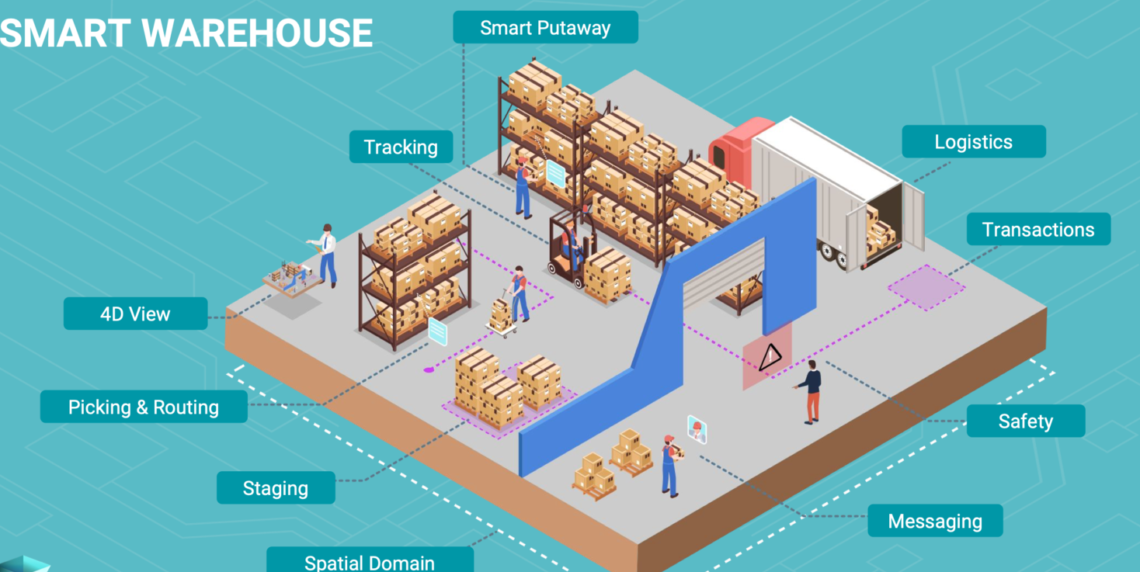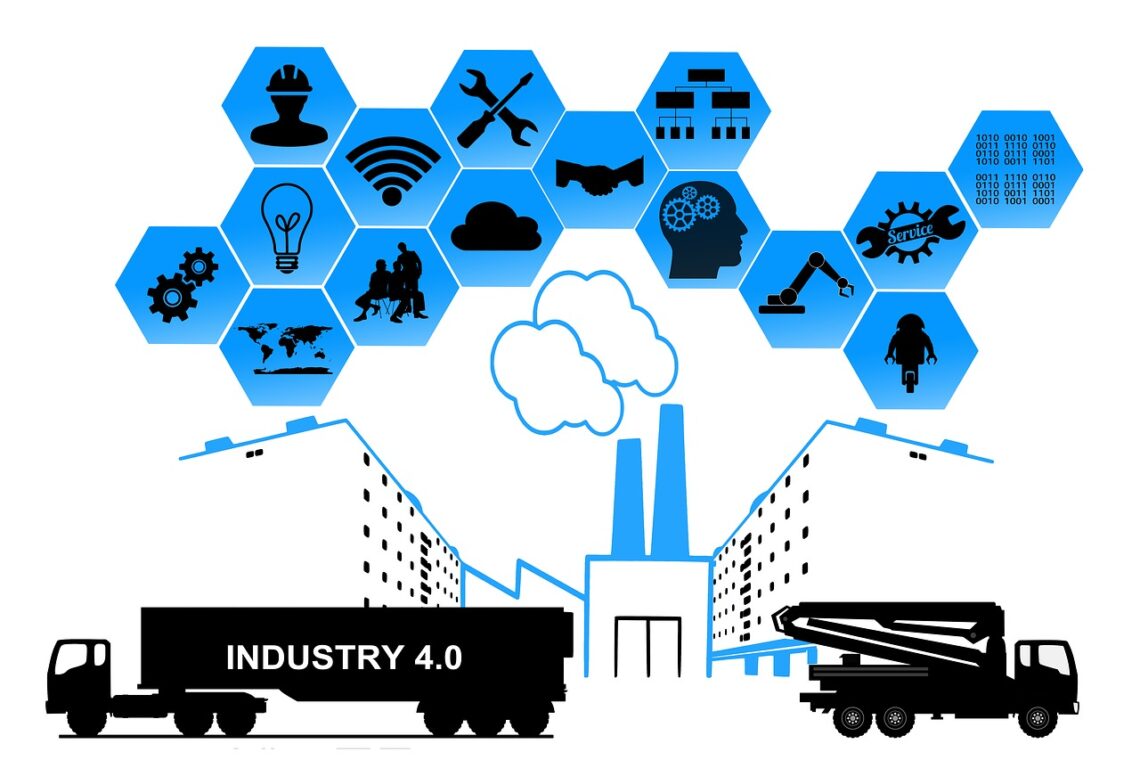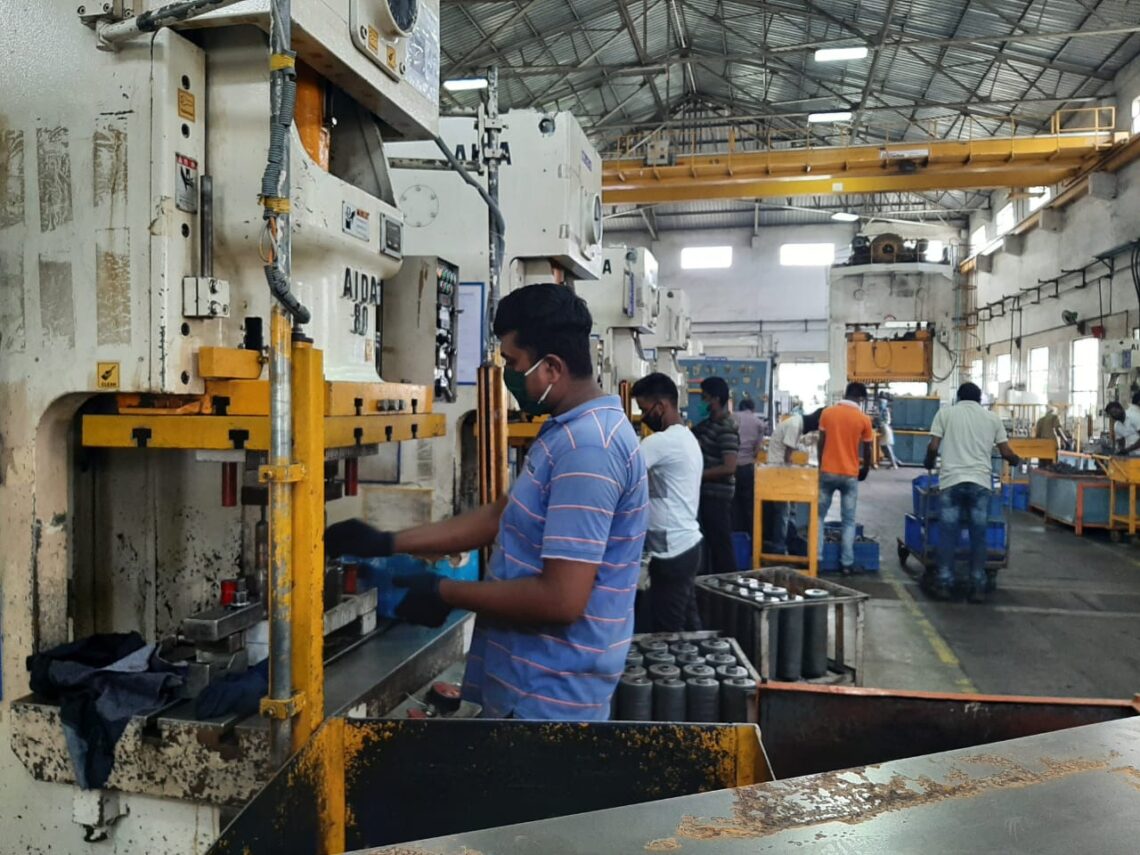In the previous blog, we witnessed how robotics has proven to be a boon for the healthcare industry. The emergence of robotics in healthcare has resulted in an enhanced healthcare system by making complex surgeries, patient screening, and disinfecting hospital areas much simpler. Continuing from the previous list of robotics applications in healthcare, we shall look at four more ways robotics shall impact our health from now on. Read on! Microbots for disease detection We have seen how giant metal robots help assist with surgeries, but the scope of robotics goes way beyond that. Microbots, small-sized robots, have a mighty significance in the healthcare industry. They enable doctors to perform…
-
-
How will Industry 4.0 impact warehousing?
As we have seen in our previous blogs, the fourth industrial revolution promises to transform the entire manufacturing spectrum in the coming years entirely. However, manufacturing is not alone. Industry 4.0 shall have a transformational impact on supply chain management as well, especially warehousing operations. In this blog, we shall look at five ways Industry 4.0 shall affect warehousing operations for the better. Hope you find it interesting! Warehousing: The Challenges Faced Today Although automated warehouses have been around for a while, the adoption rate of next-gen technologies in the warehousing industry has been relatively lower. And thus, the challenges that warehouse operators have faced remained, more or less, the…
-
Industry 4.0 – An Overview
Over the last couple of centuries, manufacturing has undergone many changes courtesy of three industrial revolutions. The first industrial revolution witnessed the rise of mechanization through the use of water and steam power. The second brought about mass production and assembly lines using electricity. Finally, the third industrial revolution enabled computers to automate specific processes and increase their efficiency. However, one more industrial revolution has come to the fore in the past few decades – Industry 4.0. It aims to use ‘digital’ to a whole new level; interconnectivity between manufacturing departments and processes, access to real-time data, and the birth of cyber-physical systems are the notable promises of Industry 4.0.…
-
How is COVID-19 impacting manufacturing?
The COVID-19 pandemic has hit the world in an unprecedented way. It has brought a sudden halt in our lives, like someone has hit a pause button and we are not sure when our lives will be resumed again. Due to the ongoing lockdowns, many industries across the world have also been affected in a very unexpected ways and India is no exception to it. Indian economy has also received a blow during this pandemic. The manufacturing industry which contributes to around 20% of the GDP has been primarily affected. Let us see how. Reduced Demands: Many businesses are witnessing reduction in demand since the lockdowns started, for example the…
-
AGVs in Textile
Material Handling in manufacturing sector refers to the movement of any kind of material/load within the limits of shop floor or at the most to the transportation vehicles or warehouses. Auto Guided Vehicles (AGVs) are the newest trend in material handling. AGVs are portable robots, which follow a prefixed path for navigation. They can tow the material stored on trailers and trolleys attached behind them or can store the material on the overhead beds for conveyance. They are used to transport loads in a manufacturing facility or a warehouse, where repetitive movement of material is required with little or no human interaction. Now a days, they are deployed in nearly every…
-
RAGHAV in Small Industries
If you have read our previous articles in the tech blog series, you must know RAGHAV very well by now. For those who haven’t, RAGHAV is our first ever adaptable AGV for material movement. Till now we have seen how various manufacturing industries like Automobile, Pharmaceuticals and Food processing can benefit with RAGHAV. We agree that these are comparatively bigger industries, meaning that the production volumes and capital they can invest, both are higher and hence they prefer to use modern machinery and equipment like AGVs to transport load. What about the small-scale industries? We all know that India being a developing country, majority of our industries are smaller in…





